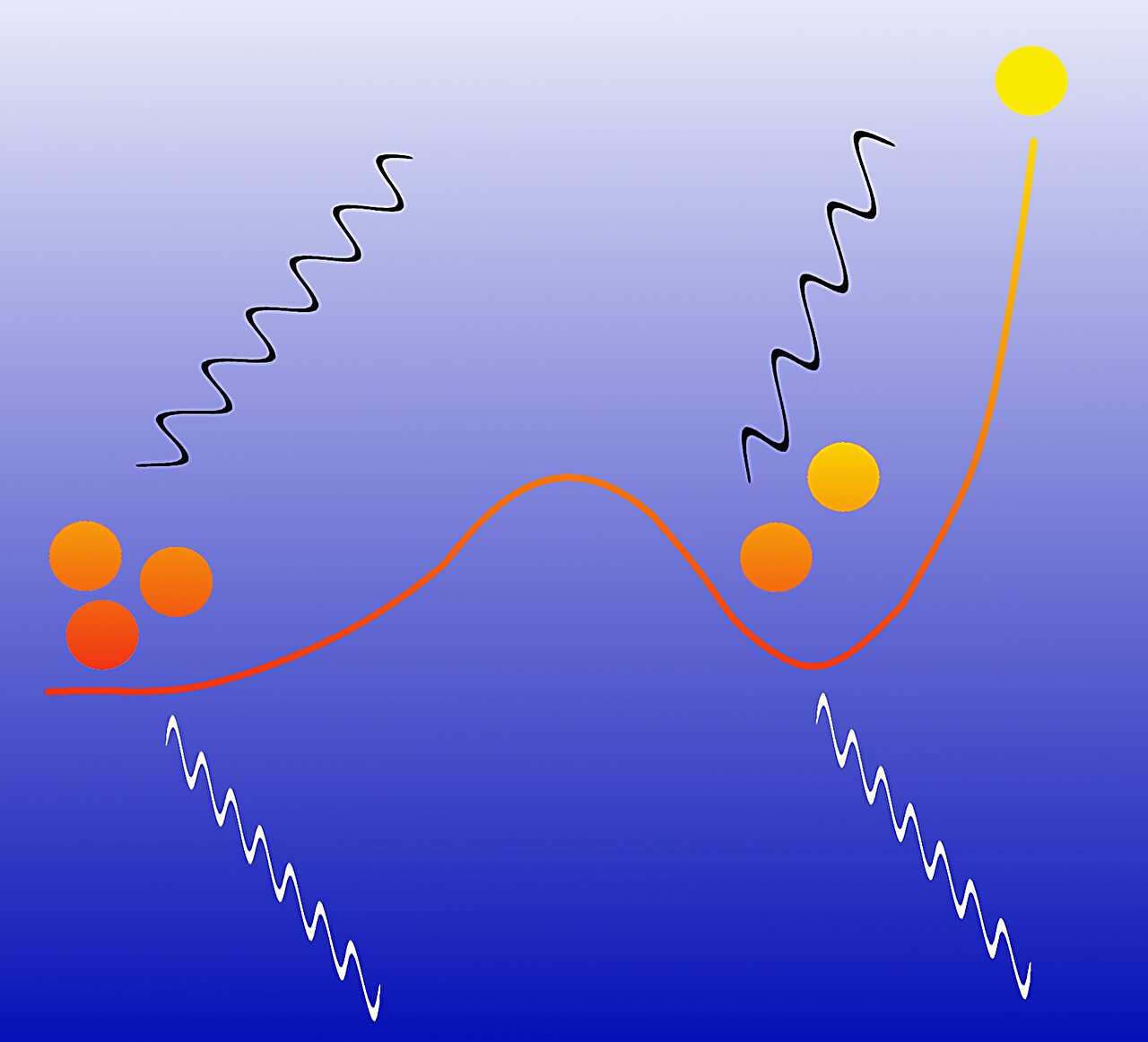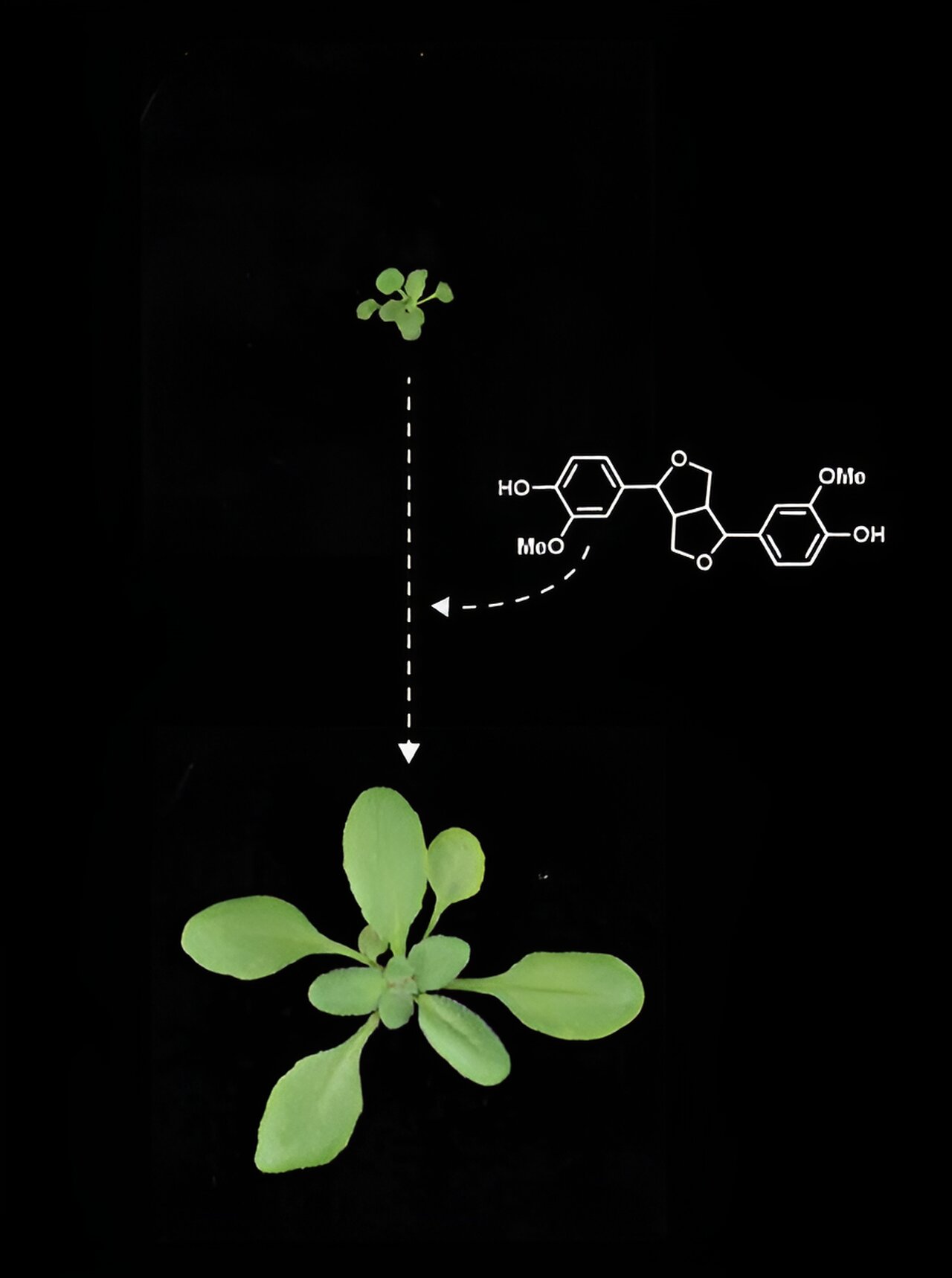Did you know that hydrogen is the most common element in the universe? It plays a crucial role in determining the properties of stars and planets, and it’s essential for life on Earth. Despite its simple structure, there are still many unanswered questions about hydrogen. But now, a research team from Christian-Albrechts-Universität zu Kiel (CAU) and Helmholtz-Zentrum Dresden-Rossendorf (HZDR) has made a surprising discovery.
Under high pressure, hydrogen exhibits an unusual “roton-like behavior.” This means that when compressed, X-ray light is scattered in a unique way. The energy transferred to the electrons increases with the momentum transferred, but in dense hydrogen, the energy can actually decrease as the momentum transfer increases. These findings, published in the journal Physical Review Research, have caught the attention of the editors and are highlighted as Editors’ Suggestion.
This behavior is typically observed in completely different systems, such as exotic Bose fluids near absolute zero temperature. These fluids are superfluid and exhibit quantum effects that cannot be explained by classical statistical mechanics. Professor Michael Bonitz from CAU’s Institute for Theoretical Physics and Astrophysics explains that this property of hydrogen is due to the electrons, which are not bound within atoms.
Dr. Tobias Dornheim from HZDR describes the behavior of the electrons further, stating that when hydrogen is exposed to X-ray photons of a specific wavelength, the electrons can come unusually close to each other and even form pairs, despite their repulsion.
The research team has used computer simulations to make precise predictions about when this roton behavior can be observed. Now, it’s up to experimental physicists to prove these predictions in practice.








